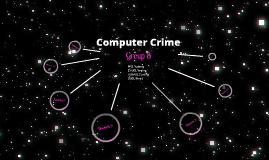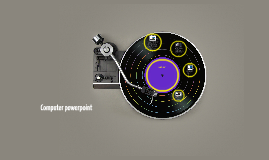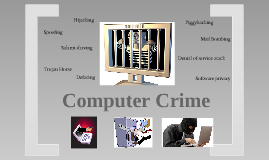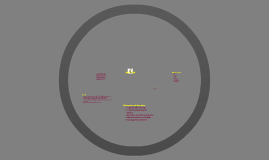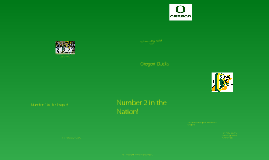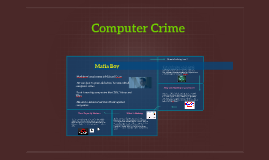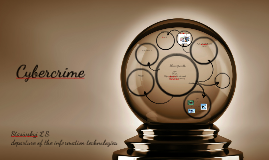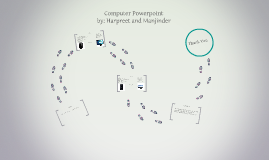Computer Crime
Transcript: Computer Crime Hijacking Spoofing Salami shaving Trojan Horse Definition is software that appears to perform a desirable function for the user prior to run or install, but steals information or harms the system. Trojan horses may allow a hacker remote access to a target computer system. Once a Trojan horse has been installed on a target computer system, a hacker may have access to the computer remotely and perform various operations, limited by user privileges on the target computer system and the design of the Trojan horse. Defacing Is an attack on a website that changes the visual appearance of the site. These are typically the work of system crackers, who break into a web server and replace the hosted website with one of their own. A message is often left on the webpage stating his or her pseudonym and the output from "uname -a" and the "id" command along with "shout outs" to his or her friends. Sometimes, the Defacer makes fun of the system administrator for failing to maintain server security. Most times, the defacement is harmless, however, it can sometimes be used as a distraction to cover up more sinister actions such as uploading malware. A high-profile website defacement was carried out on the website of the company SCO Group following its assertion that Linux contained stolen code. The title of the page was changed from "Red Hat v. SCO" to "SCO vs World," with various satirical content following Piggybacking Piggybacking refers to the action of accessing the Internet wirelessly without consent or knowledge of the owner of the access This practice is increasingly common for the proliferation of Wi-Fi access to the Internet. Usually, these disclosures do not have the proper security, for this reason anyone can join them Mail Bombing Internet usage, an e-mail bomb is a form of net abuse consisting of sending huge volumes of e-mail to an address in an attempt to overflow the mailbox or overwhelm the server where the email address is hosted in a denial-of-service attack. There are two methods of perpetrating an e-mail bomb: mass mailing and list linking. Mass mailing consists of sending numerous duplicate mails to the same email address. List linking signing a particular email address up to several email list subscriptions. The victim then has to unsubscribe from these unwanted services manually. Denial of service atack What is a denial-of-service (DoS) attack? Although the means to carry out, motives for, and targets of a DoS attack may vary, it generally consists of the concerted efforts of a person or people to prevent an Internet site or service from functioning efficiently or at all, temporarily or indefinitely. Symptoms and Manifestations The United States Computer Emergency Response Team defines symptoms of denial-of-service attacks to include: Unusually slow network performance (opening files or accessing web sites) Unavailability of a particular web site Inability to access any web site Dramatic increase in the number of spam emails received Methods of attack A DoS attack can be perpetrated in a number of ways. The five basic types of attack are: Consumption of computational resources, such as bandwidth, disk space, or processor time. Disruption of configuration information, such as routing information. Disruption of state information, such as unsolicited resetting of TCP sessions. Disruption of physical network components. Obstructing the communication media between the intended users and the victim so that they can no longer communicate adequately. How do you avoid being part of the problem? Unfortunately, there are no effective ways to prevent being the victim of a DoS or DDoS attack, but there are steps you can take to reduce the likelihood that an attacker will use your computer to attack other computers: Install and maintain anti-virus software Install a firewall, and configure it to restrict traffic coming into and leaving your computer Follow good security practices for distributing your email address. Applying email filters may help you manage unwanted traffic. Software privacy Software piracy is the unauthorized use or distribution of software. There are several reasons not to use pirated or pirate software. It's illegal and there is liability on your part. It's risky. If the software is from an unauthorized source, you could be getting a program that is not fully functional. There won't be another version of the software if there is no revenue to put back into research and development. This revenue has made the product affordable to legitimate users. It isn't ethical. The following are the most common types of software piracy: End-user Piracy This occurs when users make additional copies of software without authorization. Unauthorized Resale Reseller piracy occurs when an unscrupulous reseller distributes multiple copies of a single software package to different customers. Internet piracy Pirate websites that make software available for free download or in exchange for uploaded






